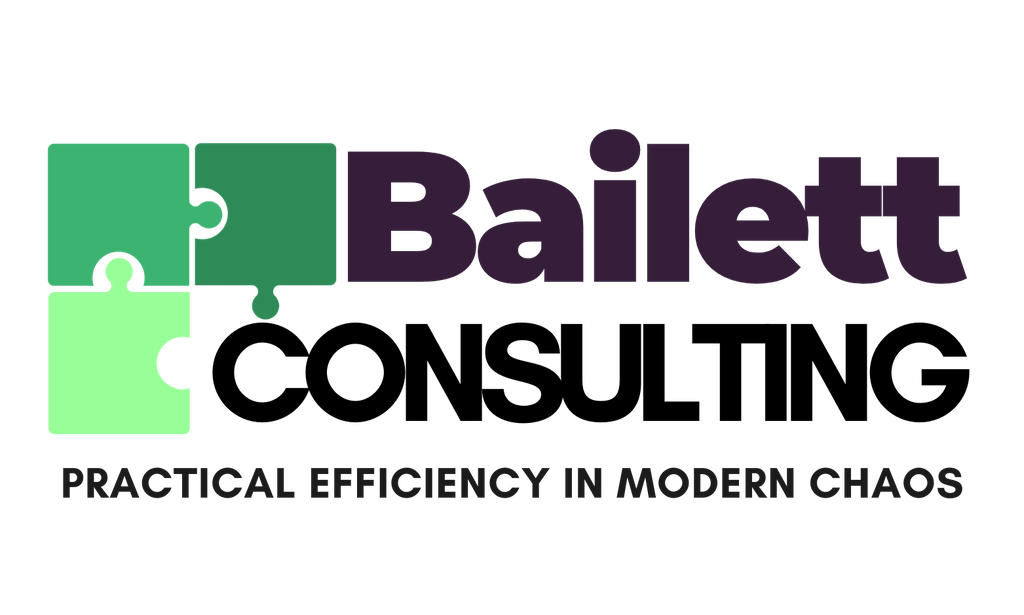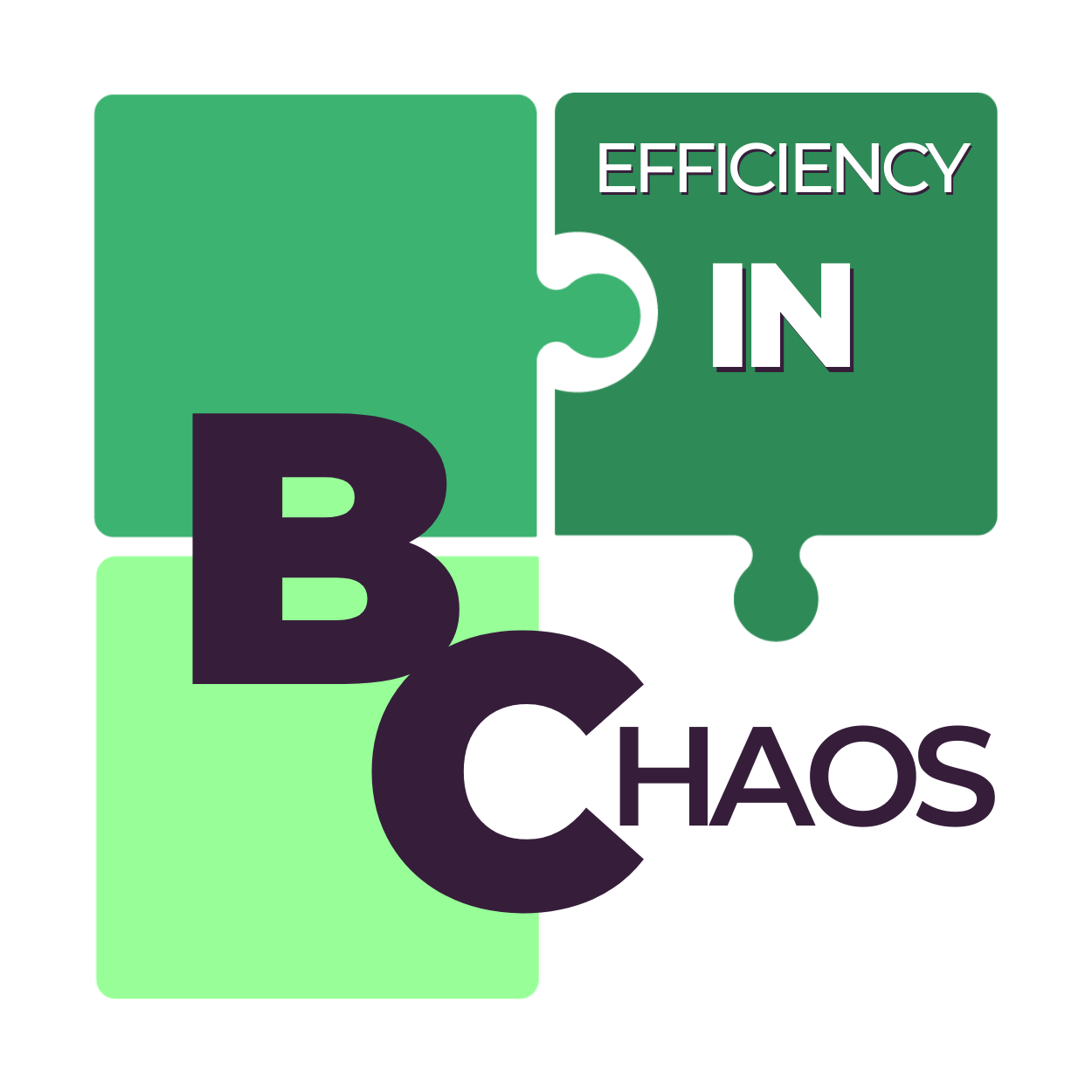We Are Not In Control of Our Results
When we set goals, we naturally focus on the results. The act of setting goals is in fact defining the results we are wanting to attain. However, there is a hard truth that we all must understand and that is, we are not in control of our results. This concept may be surprising and even a little confusing, as why is there so much focus on goal setting the results we want if we are not in control of those results. The reality is we are in only control of the actions we take to get the results we want.
Learning about lead and lag indicators can transform your approach to goal setting as well as help you understand how to actually achieve the goals that you set.
Lead and Lag Indicators
Simply, lead and lag indicators help us understand the relationship between the actions we take (lead) and the results we get (lag).
Lead Indicators: These are the actions you take that lead you to the outcome you want. These are the things you can control on a daily, weekly, or monthly basis, such as making sales calls, exercising regularly, or following up with clients. Lead indicators are proactive tasks you do that are directly tied to your desired outcome.
Lag Indicators: These represent the results you are aiming for, like reaching a sales target, losing weight, or increasing client retention. Lag indicators are the things that are not directly in your control. Lag indicators are the results of putting effective lead indicators into action. Therefore your lag indicators are influenced by the actions you take rather than something you can make happen immediately or on demand.
This framework is powerful because it shifts the focus from obsessing over results to taking consistent action. By effectively executing the most important lead indicators, you increase the likelihood of achieving your lag indicators.
Why We Are Not in Control of Our Results
While results are valuable benchmarks, focusing solely on results can hold us back. Sometimes parts of the lag indicator are even outside of our control.
Think about it like planting a garden. You can not force a plant to grow overnight. Instead, you do the research, plant the seeds, water them, make sure they are getting the correct type of sunlight, and then wait. These daily actions are your lead indicators. Whether or not the plant grows and flourishes is the lag indicator. The best you can do is tend to it, but the actual growth process is largely beyond your immediate control.
In our own lives, focusing on lead indicators can make a significant impact. This approach allows us to invest our time and energy into actions we can control, ultimately setting us up for better results. The three things we control are our thoughts, actions, and time.
Focusing on Actions to Influence Results
If the results you want are evading you, it may be time to examine your actions, those lead indicators.
Here are some steps to get started:
Identify Your Goal: Start with a clear goal in mind. Whether it is a sales target, follow up system, or a productivity improvement, clarity is key. Define what success looks like for you, be specific about the result (lag indicator) you want, and the timeline in which you want to achieve it.
Define Your Lead Indicators: Next, ask yourself what are the most important actions that could realistically lead to that outcome. Take the goal, the lag indicator, and reduce the tasks to the ridiculous. For example, if your goal is to reach a sales target, lead indicators might include the number of prospect calls, follow-ups, and/or new contacts made each week. These are the actions that contribute to your desired outcome.
Track Your Actions Consistently: Once you have defined your lead indicators, track them daily, weekly, and monthly. Monitor how well you are sticking to your action plan. This tracking helps you stay accountable and allows you to spot patterns of inaction in your activities.
Adjust and Refine as Needed: Sometimes, even if you are putting in the effort, your lead indicators might need fine tuning. For instance, if a particular lead indicator does not seem to be bringing the intended results, consider modifying it. Prior to modifying, be sure to take an honest look at your execution. Is the gap in reaching the result really a lead indicator problem or an execution problem? Continuous honest reflection and adjustment will help you refine your actions for greater impact.
By consistently focusing on your lead indicators, you are more likely to see the results you want. Remember, meaningful results often take time and patience.
Shifting Your Mindset from Results to Actions
Moving from a results focused to an action focused mindset can be transformative.
Why it matters:
Less Pressure and More Focus: When you are not solely fixated on results, you reduce unnecessary pressure. Focusing on actions make goals feel more achievable and less daunting.
Greater Motivation and Confidence: Seeing consistent effort helps you feel in control of your progress, which can boost your motivation and confidence.
Enhanced Self Accountability: Regularly checking in on your lead indicators allows for accountability without judgment. You can objectively see where you are excelling or falling short and make adjustments accordingly.
This mindset shift can improve your chances of achieving your goals.
Embracing the Journey
Focusing on lead indicators invites you to embrace the journey instead of obsessing over the destination. Remember, your results are the outcome of your actions. What you can control are the planning of the goal, the steps you take each day, and the consistency with which you implement the chosen tasks. If your desired results are eluding you, take a closer look at your actions. Ask yourself if you are taking steps that will, when completed, consistently help you reach your goals. Adjust where needed, keep pushing forward, and trust that over time, with consistent action the results will come. By embracing this approach, you can stay proactive, confident, and on the path to achieving what you have set out to accomplish.
Are you ready to achieve your goals? Sign up for the upcoming session of Accountability Champions!




